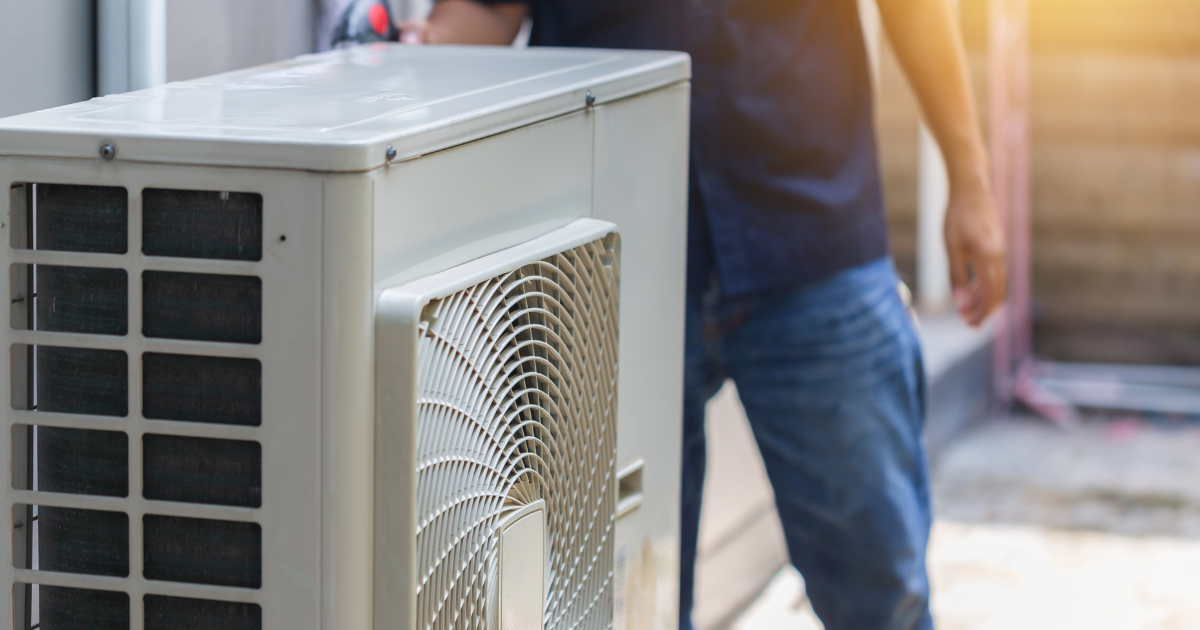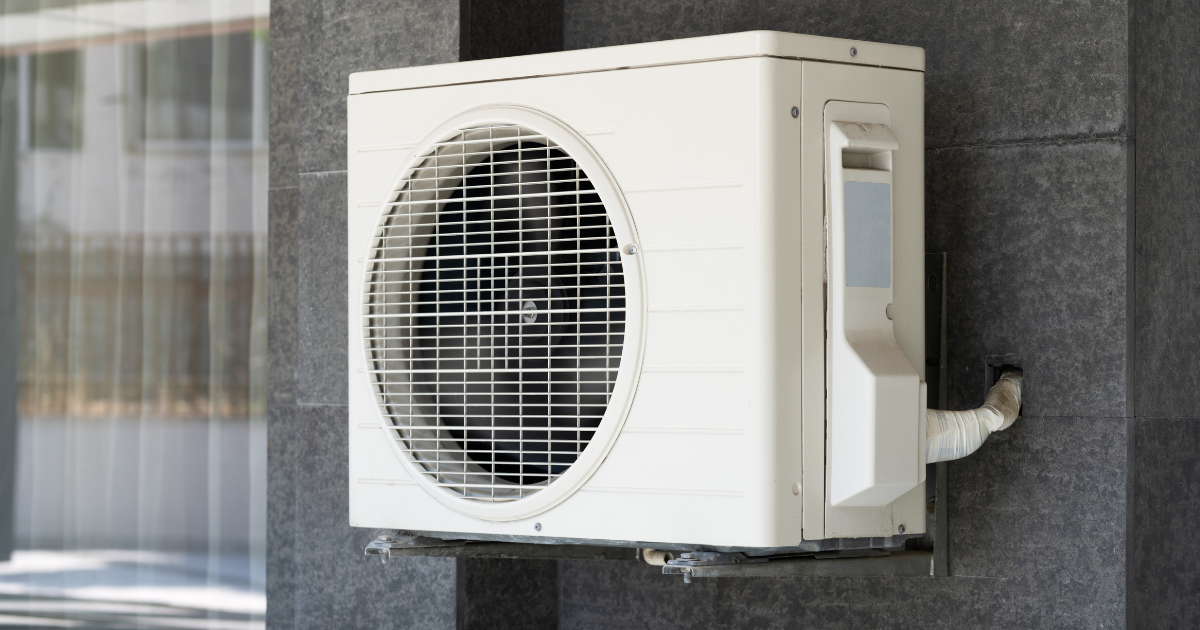Will Insulating My Attic Benefit My Home?
Properly insulating your attic brings more than comfort at home — it can save you hundreds in energy costs every year. The U.S. Department of Energy estimates that an attic with adequate insulation saves residents between 10 to 50 percent annually on home energy costs.
Understanding how much insulation you need, or when it is time to upgrade, can be a little confusing, especially if you’ve never done it before. Take a look at some of the basics you need to know when it comes to insulating your attic right, and how to know when it’s time to add more.
What Kind of Insulation Should I Buy?
You have two basic options for attic insulation: Batt (or the blanket kind that is probably the most familiar) and loose fill. In both cases, you can add either kind to the insulation you already have in place. Loose fill insulation works best with attics that already have some insulation in place, because it can fill in the cracks and holes for better insulating power. If your attic has low-clearance ceilings, this is also a great option because it will be much easier to install. The best way to insulate loose-fill is by hiring a professional to fill it in correctly. This is a smart step to ensure that the installation process goes smoothly.
Insulation comes in a variety of materials. You will want to determine the type of insulation you already have in place to decide which kind you need. The three basic materials are:
- Fiberglass. It’s lightweight but also does not settle into old insulation as well as the other types, so you will need more of it.
- Mineral wool. This type costs more than other loose-fill options, but is also naturally fire resistant.
- Cellulose. This is the most common type of insulation for loose-fill, but has been reported to rot or get moldy when it encounters moisture.
Where Should I Insulate?
The absolute best spot to insulate your attic is actually in the floor. This means pulling up that plywood and stacking new insulation on top of what you already have (if any). It also means you may not have as much storage space and will need to relocate all those items stashed away in your attic space.
You also want to insulate in the ceiling area, especially near rafters. If you are located in a warm-weather area, think about adding in a radiant barrier to keep the heat out in the summer.
You should also be sure that you seal any areas where air may leak through the roof, windows and any attic access spots.
What is the Right Amount of Attic Insulation?
The easiest way to tell if you are properly insulated in your attic is to use your eyes. If you can see the floor joists in your attic, you need more. If there are uneven areas where the insulation is higher or lower than the rest of the attic space, you need more for the best protection. In other words, if there is a lot of insulation in the center of your attic space, but not enough moving out towards the walls, it’s time to look into adding more insulation.
Attic insulation is measured in R-Value. This is basically a measure of the ability of your insulation to resist heat escape. Most attics need R-38, which translates to 10 to 14 inches of insulation.
Taking the time to add the right amount of insulation to your attic will have a positive impact on what you spend for energy costs. To decide how much, and what kind of, insulation your home really needs, visit the U.S. Department of Energy’s Home Energy Saver online tool.

Bob Jenson
For over 45 years, Bob Jenson has been providing quality heating and air services to the San Diego community.
Request Service
Please fill out the form below to request an estimate or schedule service.
"*" indicates required fields







